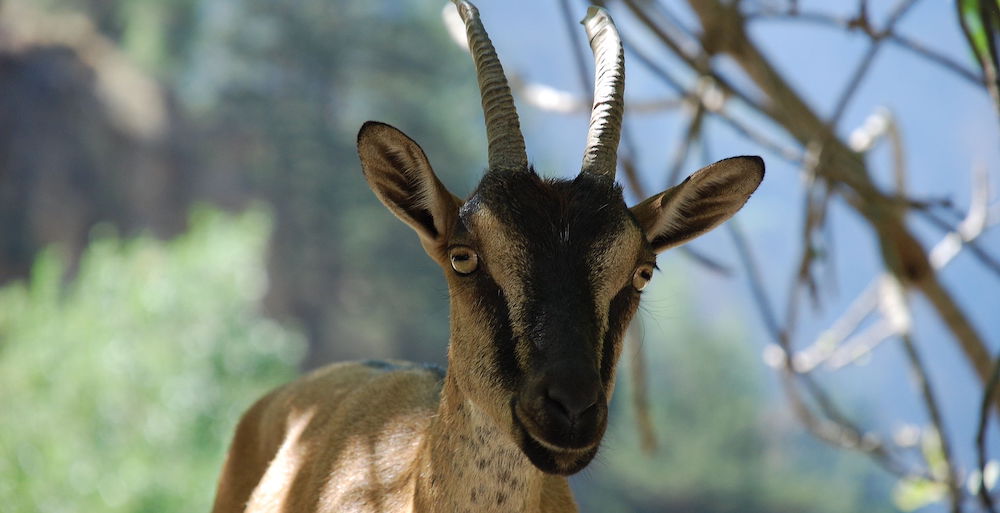
The animals and plants of Greece are as unique as the country itself. One place that stands out is Chania on the island of Crete, which is known for its flora and fauna.
With over 132 regions vitally important for their vegetation and almost 20 botanical ‘paradises’ with rare flora it is hard to narrow down one specific area to experience Greece’s special natural landscapes.
Yet Crete, a popular destination for nature lovers, is home to rich biodiversity in terms of both flora and fauna.
There are a countless number of outdoor activities such as diving, trekking and exploring the island’s abundance of forests, caves, ravines, rivers and exotic plants and animals.
One of the most overlooked destinations for nature seeking holiday makers is the city of Chania, the former capital city of Crete (from 1847 until 1972).
Now the second largest city on Crete after Heraklion, this region is known for its breathtaking flora and fauna and it is divided into eight zones, many of which are protected wildlife sanctuaries.
Crete is home to abundant flora and fauna
Whether you are interested in coastal, sub-mountainous, mountainous, wetlands, alpine, sub-alpine, gorges or ravines, Chania has something for everyone.
In this region, abundant with majestic sea turtles, you will find plants that have inhabited the lands since the times of ancient Minoans who were inspired to incorporate them into their decorations.
The lily of the sea and the violet of the sea are examples of two of the more popular wild flowers chosen by the Minoans, and they grow wildly in the coastal regions until this day.
The island is laced with exotic plants that provide habitats for unique wildlife, making its flora and fauna particularly abundant and unique.
Many species of trees can be found on Crete including the Cretan ebony tree, or ‘ploumi’, citrus trees, fig trees, nut trees and some of the largest olive trees you will ever witness.
Here flourishing in the groves you will find a plethora of animals such as the Cretan wild rat, badgers, weasels, wild rabbits and hedgehogs.
As you traverse the island from north to south you will cross mountains of rock with scarce vegetation, see wild mountain goats known as ‘kri-kri’ roaming the cliffs.
As you venture further off the beaten path beautiful birds such as the golden eagle and the rare bearded vulture emerge.
Traditional fresh herbs are in abundance on Crete. You will find them growing wild along pathways and in the mountains.
Also, back in Chania as well as all of the cities on the island, you can purchase them in shops that specialize in herbology, or botanical remedies.
History of Chania, Crete
In the town of Chania, Byzantine, Venetian, and Ottoman buildings coexist in the landscape of the city.
As far as Muslim architecture is concerned, one of the most emblematic corners of the city is the famous Mosque of the Janissaries.
The mix of architectural styles make for a stimulating but still largely harmonious skyline.
However, there is more than meets the eye when it comes to Chania’s history; the town has likely been inhabited since the end of the Stone Age, or the “Neolithic period”.
Excavations near and within the city have revealed some of its history to modern day Greeks, and archaeologists have been able to find evidence of the city’s Minoan history as well as its more distant past.
The modern day city lies on the site of the Minoan settlement named Kydonia, which acted as a namesake for the fruit quince.
See all the latest news from Greece and the world at Greekreporter.com. Contact our newsroom to report an update or send your story, photos and videos. Follow GR on Google News and subscribe here to our daily email!



